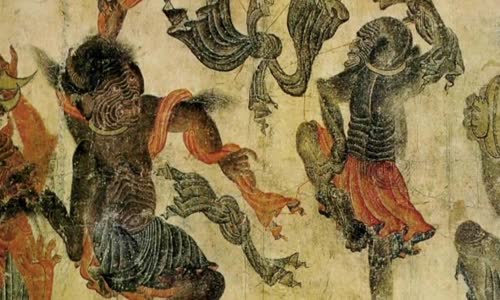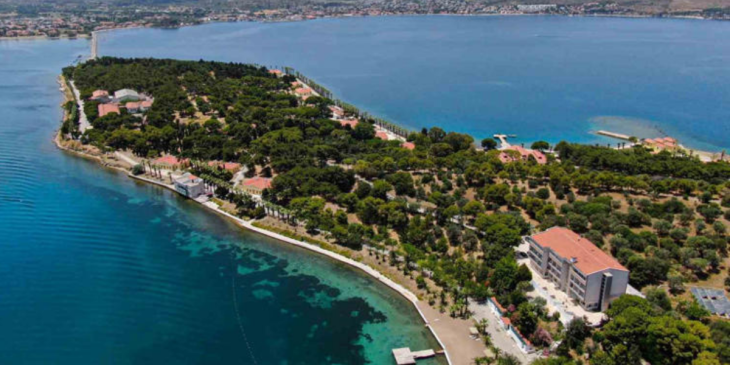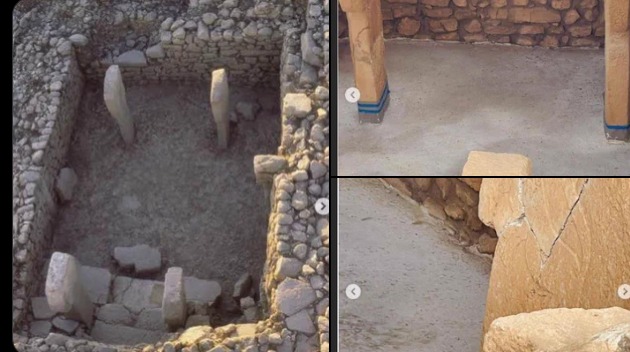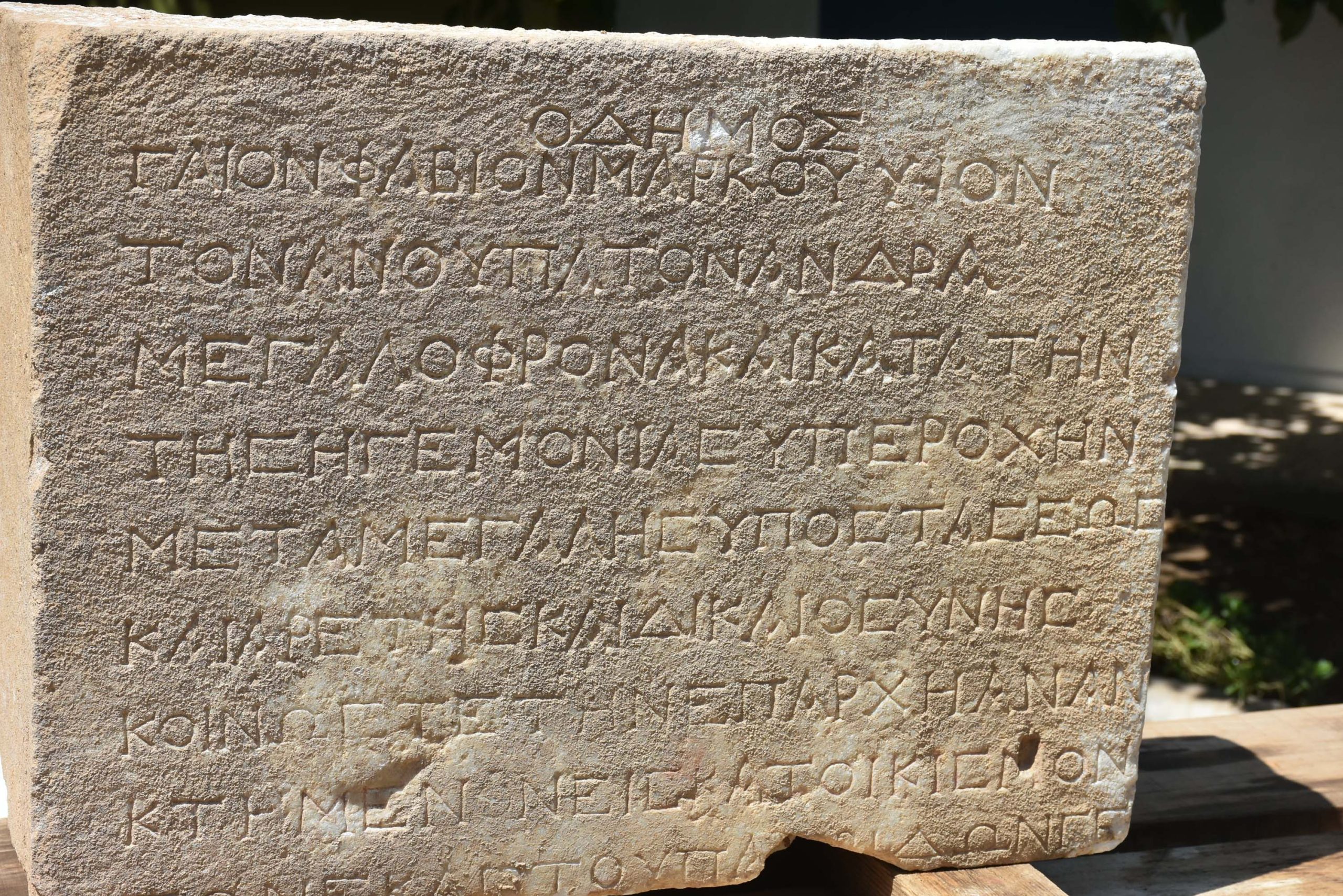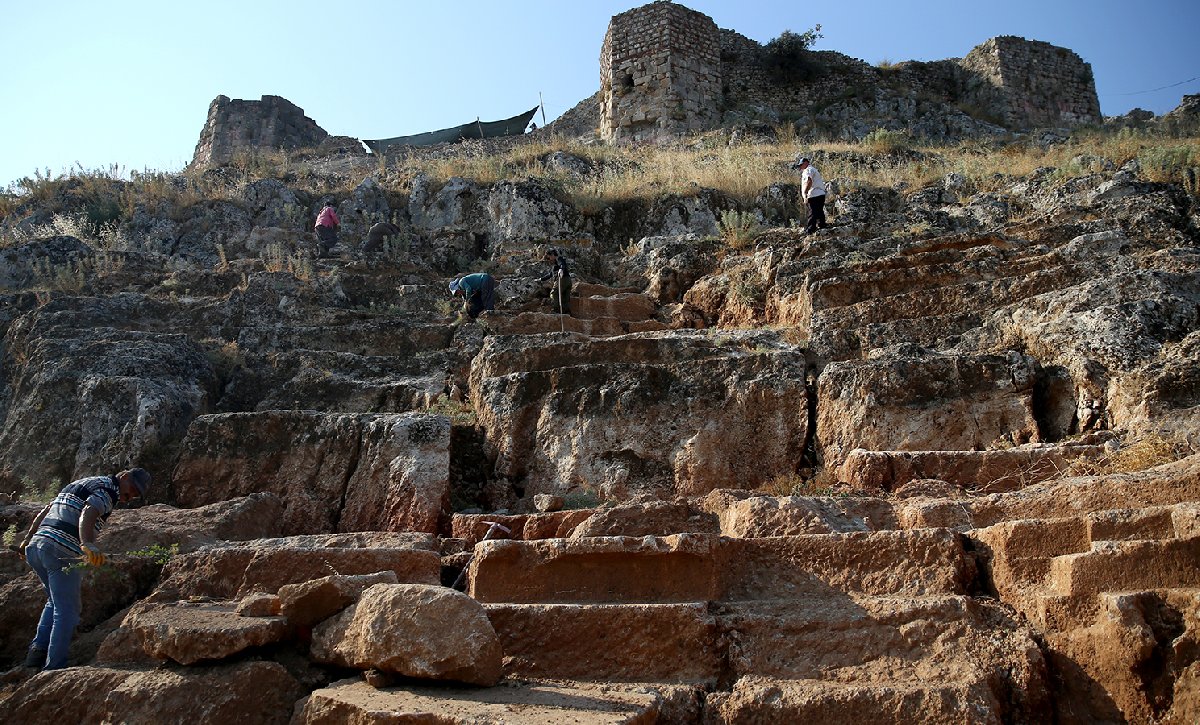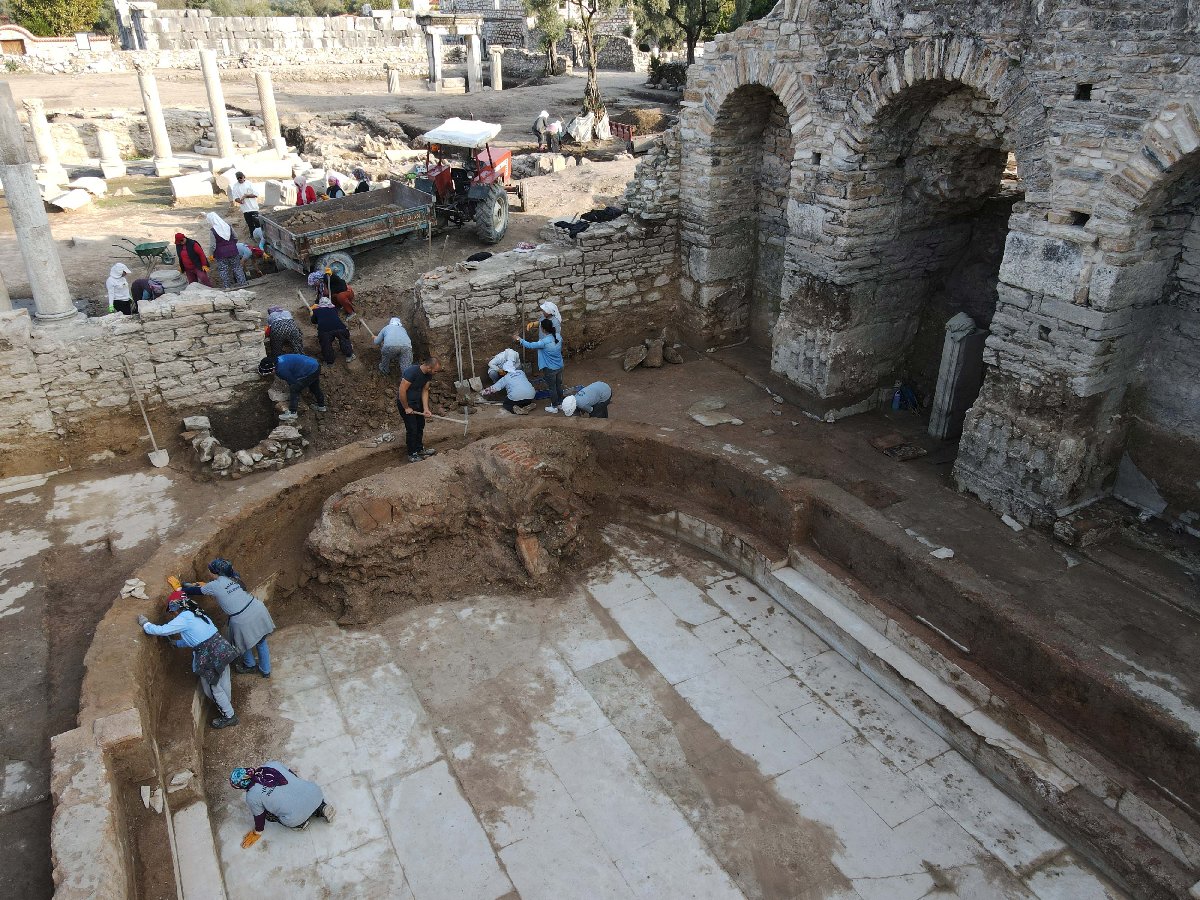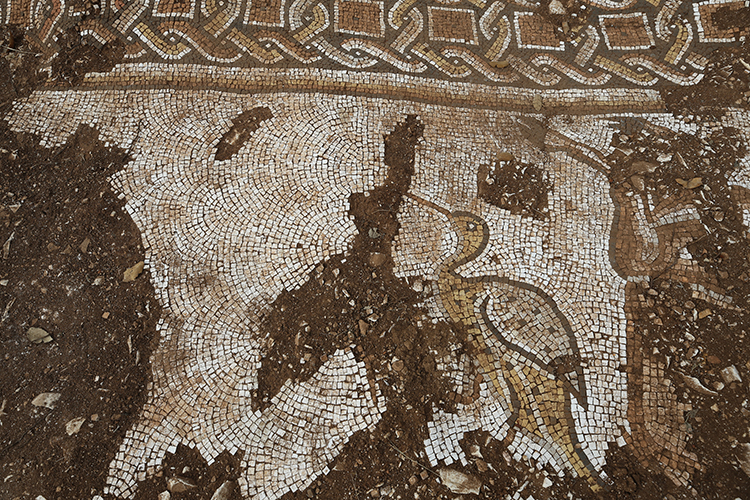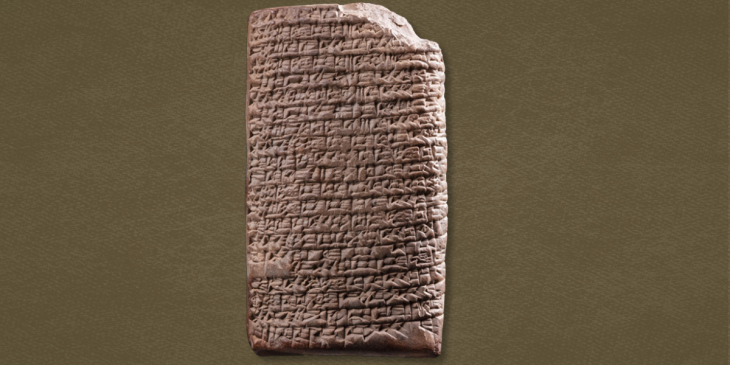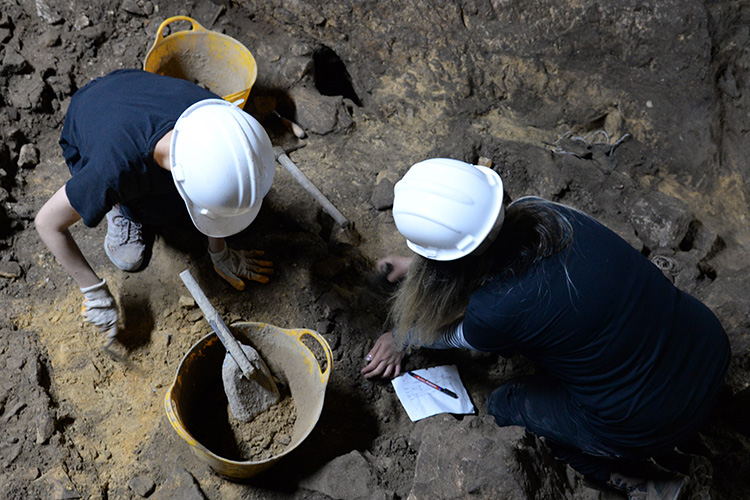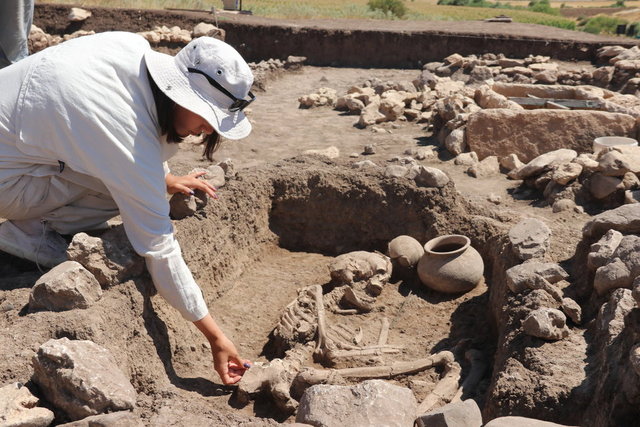Girnavaz Mound is located 4 kilometers north of the Nusaybin district, which belongs to the Mardin province in Turkey. It’s situated very close to the Syrian border and lies along the route coming from Northern Mesopotamia.
Its introduction to the scientific world was attributed to A.T. Olmstead. The mound represents a settlement from the Neo-Assyrian period, and through deciphered tablets and collected data, it was suggested by Prof. Dr. Hayal Erkanal that it might have been known as Nabula or Nawala.
Excavation work on the mound continued from 1982 until 1991 when the excavation team was targeted in a terrorist attack. As a result of the attack, two archaeologists lost their lives.
Girnavaz Mound, Southeastern Anatolia Region, holds significant archaeological value as it represents a settlement that was continuously inhabited for a considerable period. Discoveries indicate its use as a living space spanning from the Uruk period to the Neo-Assyrian period, showcasing uninterrupted habitation over time.
Moving on to the topic of interest, the origins of spirits or jinn in human life trace back to ancient Mesopotamia and various polytheistic pagan beliefs, eventually transitioning into monotheistic faiths like in the Torah. The association of Nusaybin with spirits or jinn, however, dates back to a later period, around the 7th century AD.
It’s fascinating how beliefs and mythologies evolve over time, drawing from earlier cultural and religious contexts to shape the narratives that influence societal perceptions and beliefs about supernatural entities.
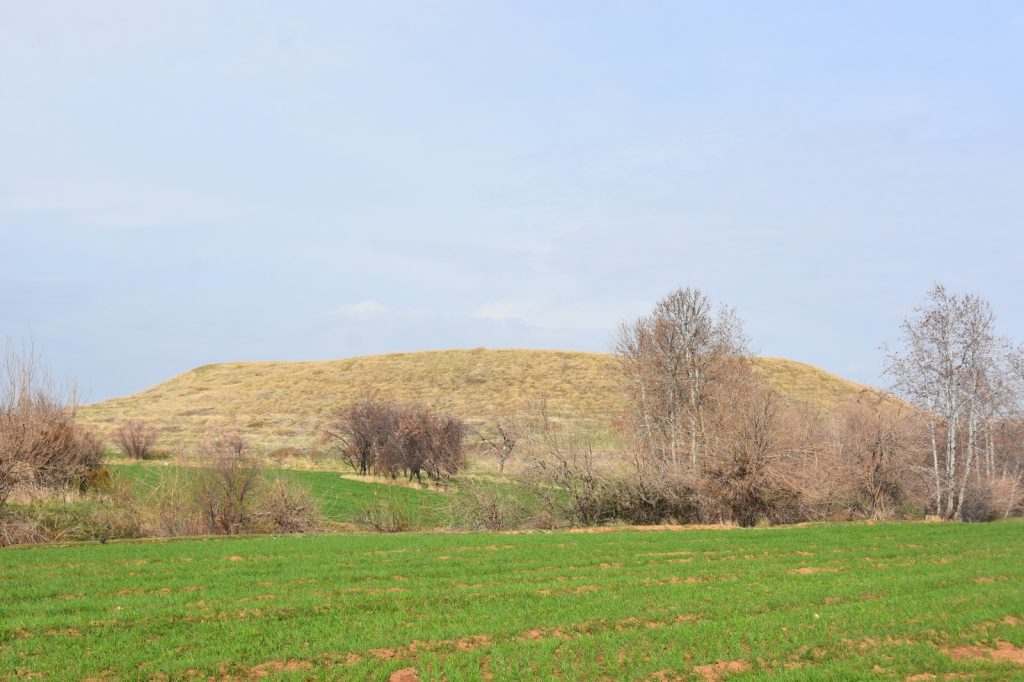
The Quran tells the story of Prophet Solomon communicating with jinn. In the 17th verse of Surah An-Naml, it is mentioned: ‘And gathered for Solomon were his soldiers of the jinn and men and birds, and they were [marching] in rows.’ From verse 17 to 30, the story of Prophet Solomon is recounted. Additionally, in Surah Al-An’am, the creation of the jinn is described. Many verses in the Quran provide information about jinn.
The association of Nusaybin with jinn is based on the mention of seven jinn in Surah Al-Ahqaf, with Islamic scholars attributing three of them to be from Harran and four from Nusaybin. It’s said that these jinn heard the Quran from Prophet Muhammad and embraced Islam.
Girnavaz’s alleged Miri, believed to be Mir Osman, is associated with the area. The location of his tomb has led the people of Nusaybin and surrounding areas to consider it a center for healing. Visitors believe that by visiting this site, they can rid themselves of jinn or spirits that may afflict them, attributing this power to Mir Osman. As evident from the initial statement, people come here seeking spiritual healing from various afflictions.
Rather than adhering to the traditional Thursday or Friday visits to shrines, people specifically visit this site on Wednesdays. Notably, visitors aren’t limited to Muslim communities; Ezidis and Christian Syriacs also frequent this place. This choice of Wednesday for visitation might be related to the religious significance Ezidis attribute to this day.
Mardin is known for its shared spaces among people of diverse religious beliefs. The traditional rituals during shrine visits, such as tying cloth to trees or stacking seven stones, are common practices shared across different faiths.
Hopefully, the halted excavations at Girnavaz will resume, allowing us the opportunity to explore the unique historical richness of Southeastern Anatolia. The pause in excavations represents a significant loss for archaeology in Southeastern Anatolia and hampers our access to invaluable historical insights.

